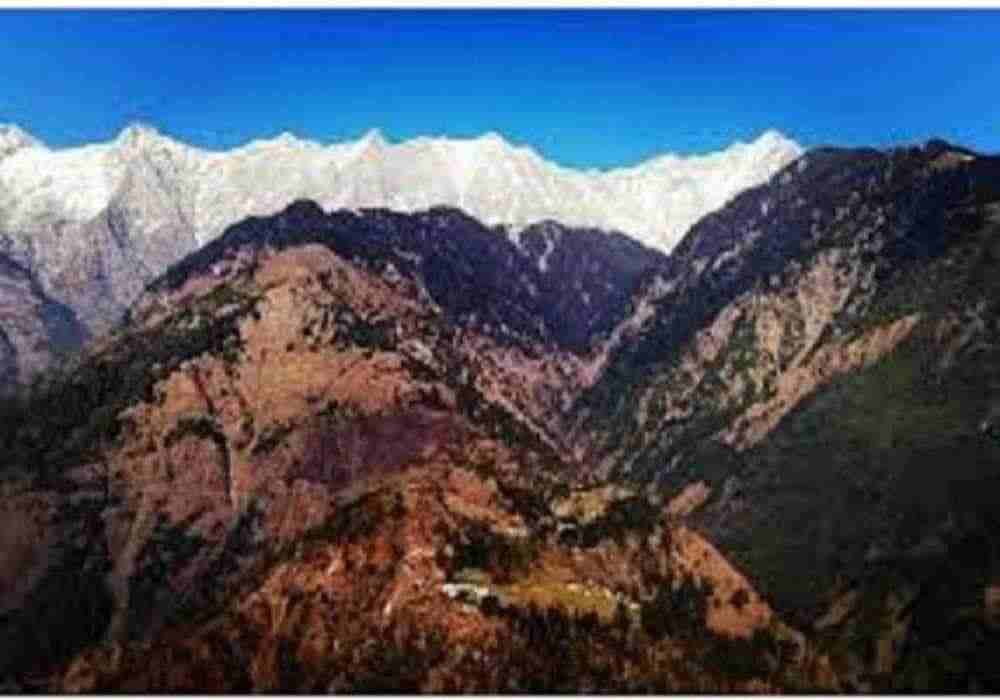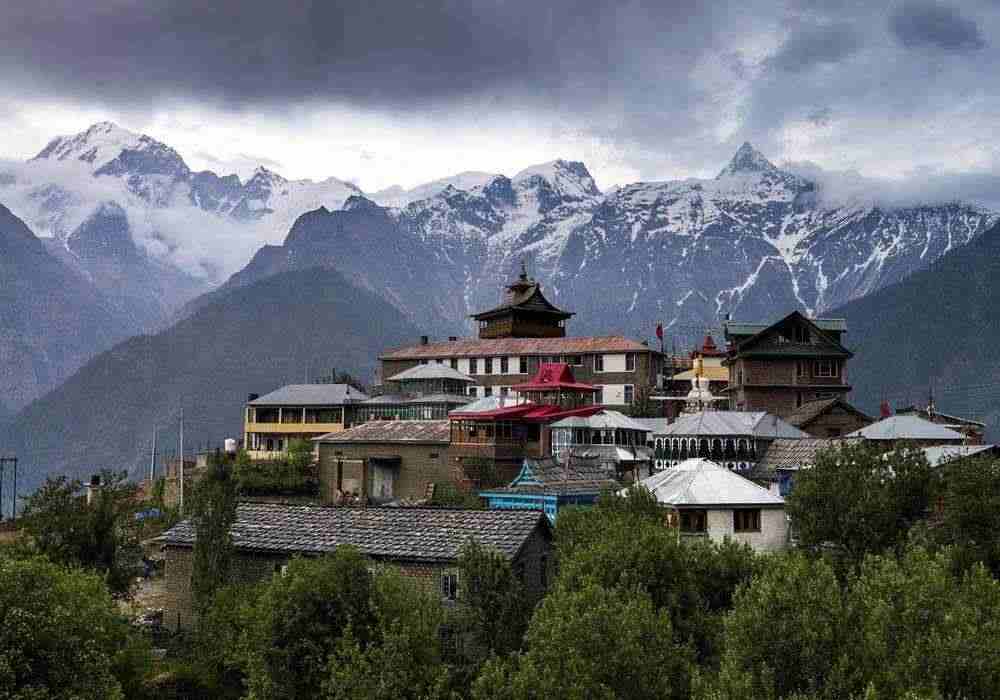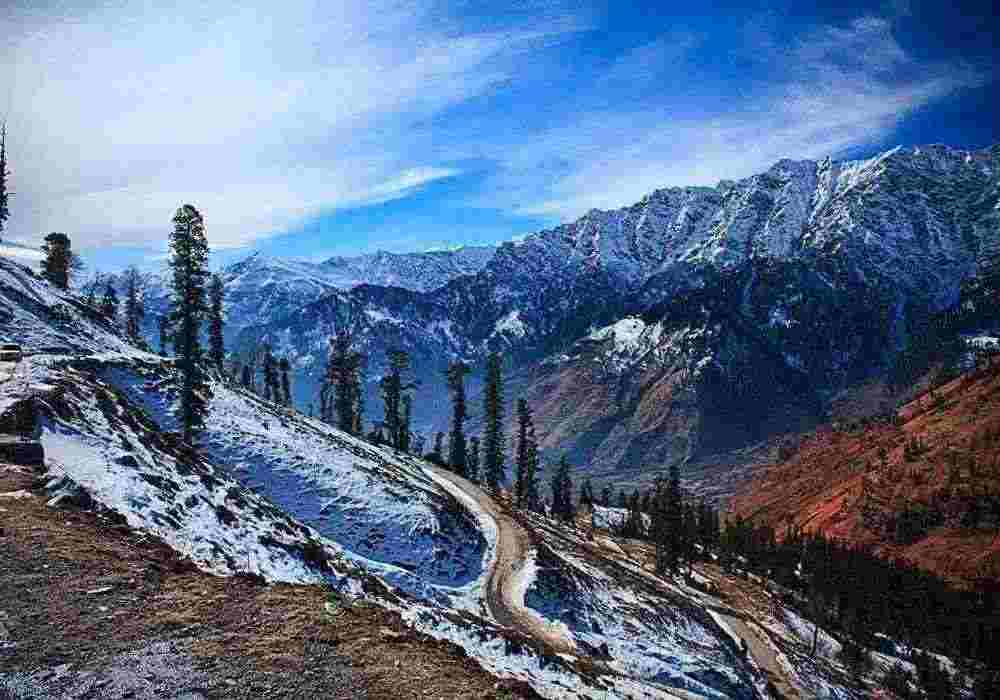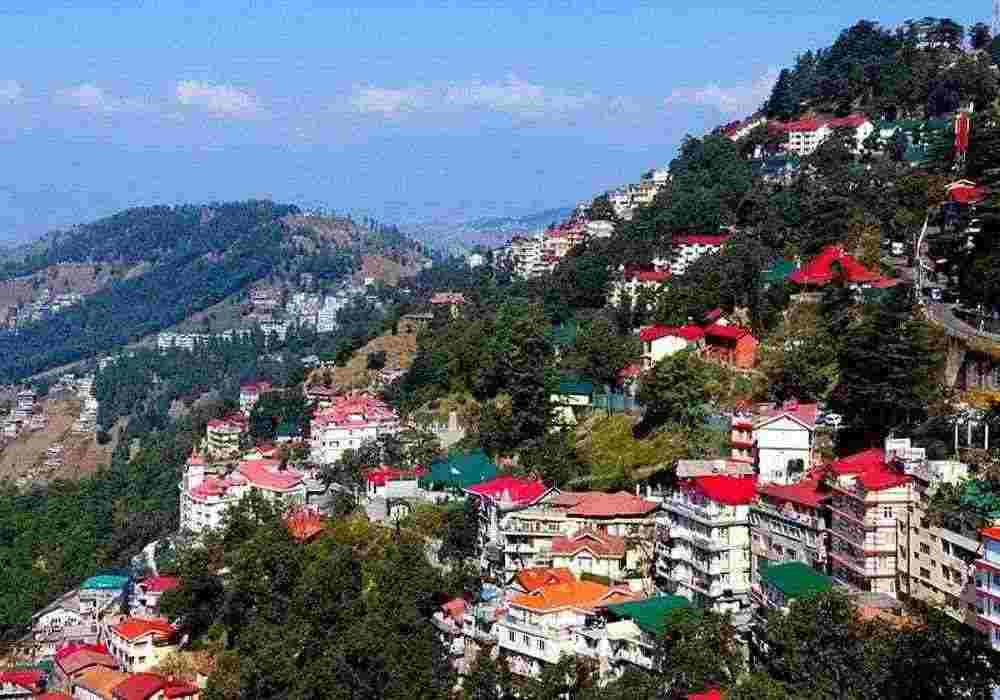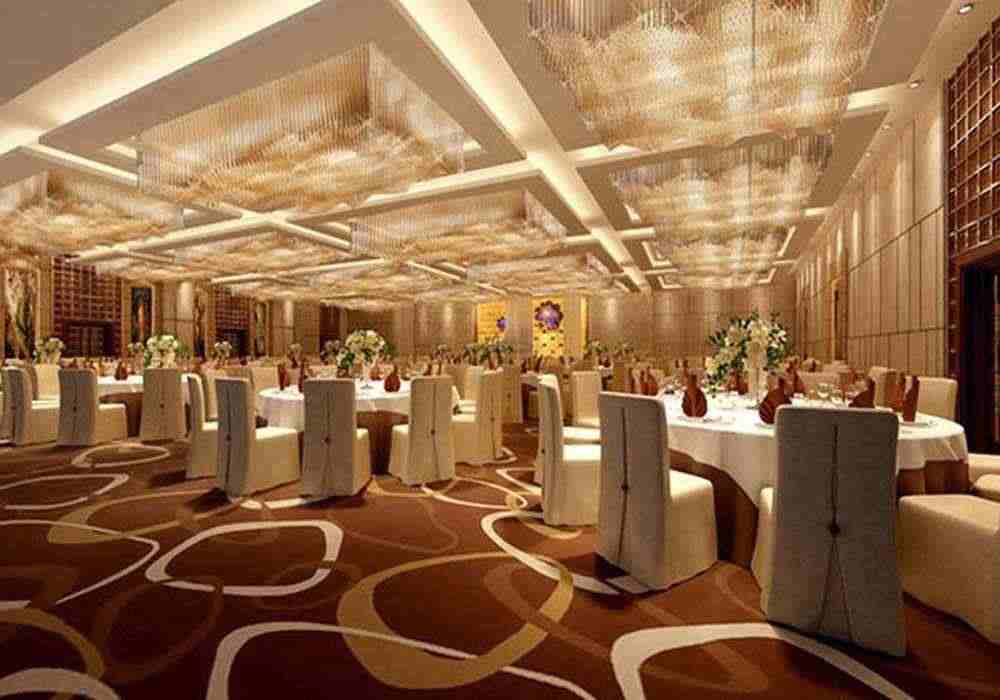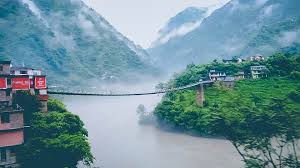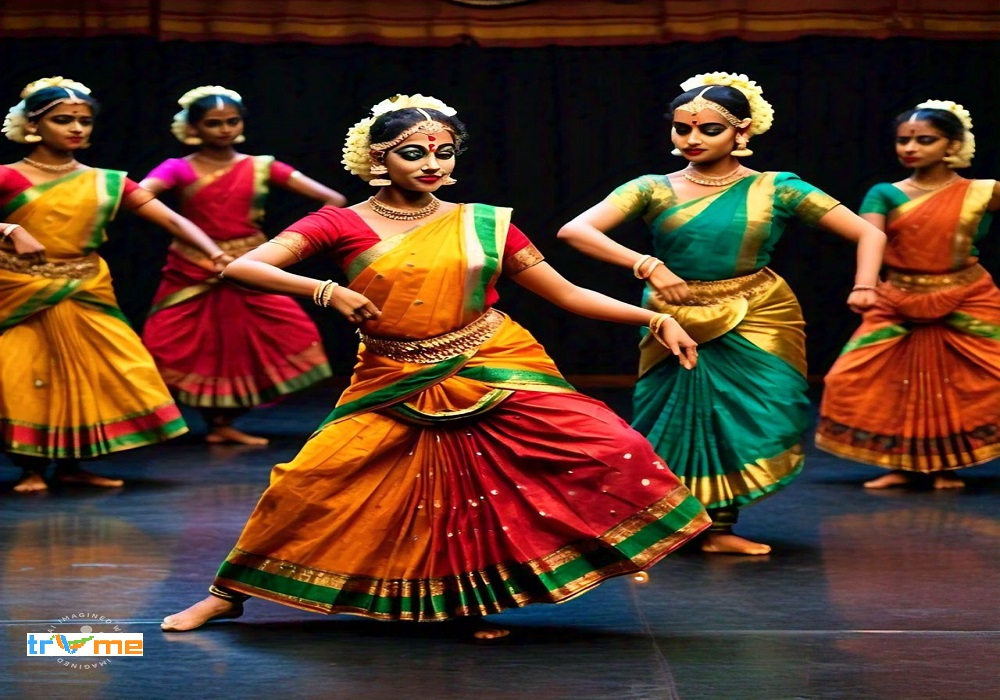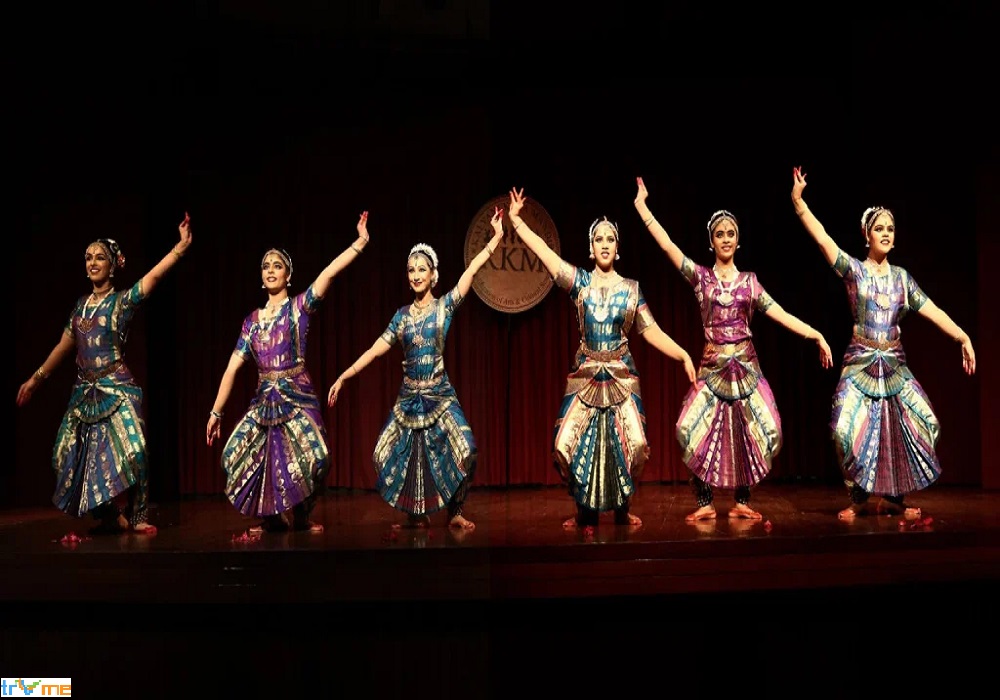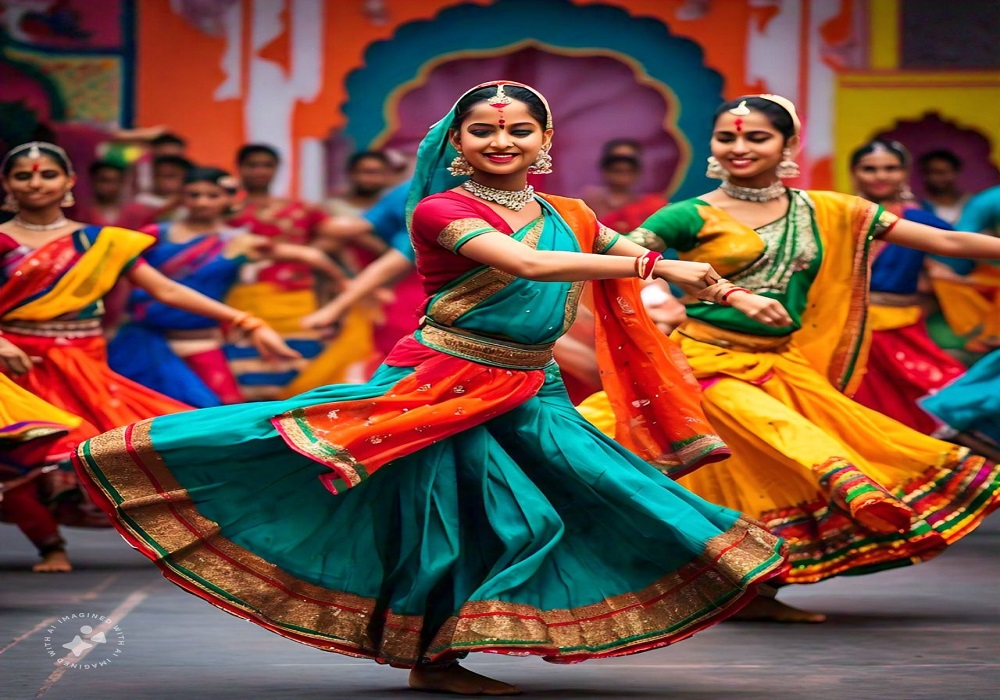Himachal Pradesh Dance Troupe
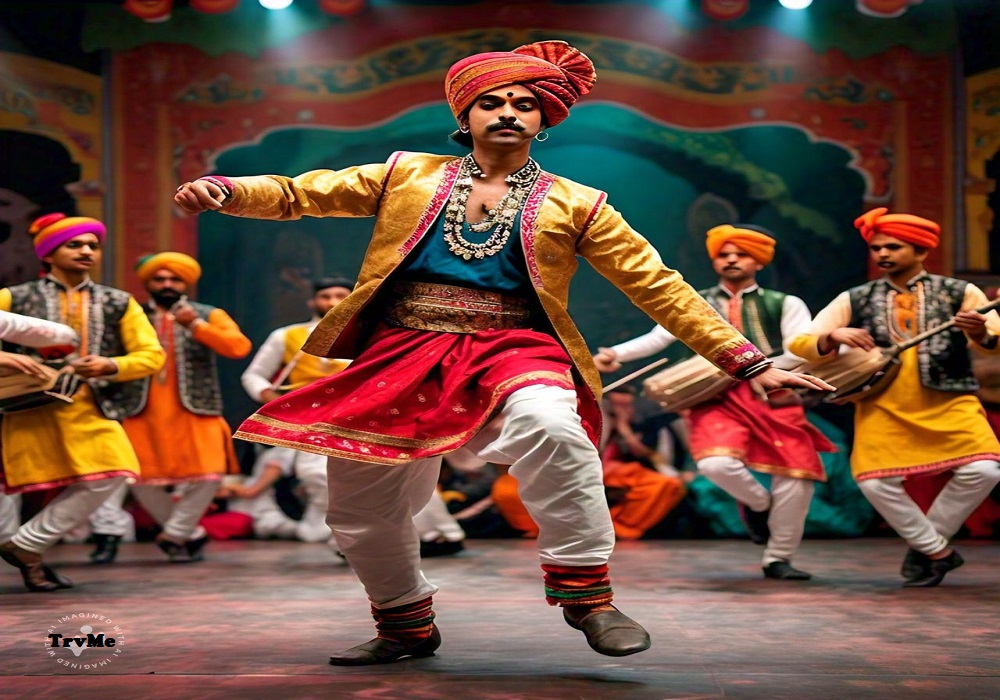
Published: 29 Jul 2024 • Last Updated: 29 Jul 2024
Himachal Pradesh Dance Troupe
Himachal Pradesh, nestled in the heart of the Himalayas, is not only known for its breathtaking landscapes and serene beauty but also for its rich cultural heritage. The state is home to a plethora of traditional dance forms that reflect the vibrant and diverse cultures of its various communities. Each dance form, with its unique style, attire, and music, tells a story of the people and their connection to their land.
From the energetic folk dances performed during festivals to the intricate classical dances that have been passed down through generations, Himachal Pradesh offers a captivating tapestry of rhythm and movement. This article delves into the myriad dance forms of Himachal Pradesh, exploring their significance, occasions, attire, and props used. Additionally, we'll discuss the role of Himachal Pradesh Dance Troupe Provider, dance group provider, and Himachal Pradesh Dance Institute in preserving and promoting these cultural treasures.
Classical Dance Forms of Himachal Pradesh
Although Himachal Pradesh is primarily renowned for its folk and tribal dances, it also boasts classical dance forms that are deeply rooted in Indian tradition. These dances are characterized by their grace, intricate footwork, and expressive gestures.
Kathak
Kathak is one of the eight classical dance forms of India and has a significant presence in Himachal Pradesh. This dance form originated from the northern parts of India and is known for its intricate footwork, graceful movements, and expressive storytelling through hand gestures and facial expressions.
Occasions:
Kathak is traditionally performed during religious festivals, cultural events, and special occasions. It is also a part of temple rituals and storytelling traditions, where dancers narrate stories from Hindu epics like the Ramayana and Mahabharata.
Attire:
The traditional attire for Kathak dancers includes a long, flowing skirt known as a lehenga, paired with a fitted blouse called a choli and a dupatta. The costume is adorned with intricate embroidery and vibrant colors, enhancing the visual appeal of the dance. Male dancers typically wear an angarkha (a long tunic) and churidar (tight-fitting trousers).
Props:
Kathak primarily focuses on footwork and gestures, and dancers often wear ghungroos (ankle bells) to emphasize the rhythm of their movements. The sound of the ghungroos adds an enchanting auditory element to the dance.
Bharatanatyam
Bharatanatyam, a classical dance form originating from Tamil Nadu, has found a significant place in Himachal Pradesh's cultural landscape. Known for its precision, intricate footwork, and expressive storytelling, Bharatanatyam is performed by solo dancers who use their movements to convey stories and emotions.
Occasions:
Bharatanatyam is performed during religious ceremonies, temple festivals, and cultural events. It is often used to depict stories from Hindu mythology, with themes of devotion, love, and valor.
Attire:
The attire for Bharatanatyam consists of a beautifully pleated sari or costume, adorned with intricate jewelry and accessories. The sari is draped in a specific style that allows for ease of movement, with bold colors such as red, green, and gold being common choices.
Props:
Bharatanatyam dancers use mudras (hand gestures) and abhinaya (facial expressions) to convey stories. Ghungroos are also worn to enhance the rhythm of the dance, creating a harmonious blend of movement and sound.
Folk Dance Forms of Himachal Pradesh
Himachal Pradesh's folk dances are a vibrant reflection of its people's traditions, beliefs, and way of life. These dances are performed during various festivals, celebrations, and community gatherings, bringing people together in joy and harmony.
Nati
Nati is perhaps the most popular folk dance of Himachal Pradesh, celebrated for its lively movements and rhythmic beats. It holds a Guinness World Record for being the largest folk dance in the world.
Occasions:
Nati is performed during major festivals like Dussehra, Diwali, and local fairs. It is also a vital part of wedding celebrations, harvest festivals, and community gatherings.
Attire:
The attire for Nati varies depending on the region, but it typically includes colorful ghagras (skirts) for women, paired with richly embroidered blouses and dupattas. Men wear traditional attire, including kurtas and churidars. The bright colors and intricate designs of the costumes add to the vibrancy of the dance.
Props:
Nati is primarily a dance of rhythm and movement, with no specific props. The dance is characterized by synchronized footwork and hand movements, creating a mesmerizing visual spectacle.
Kullu Nati
Kullu Nati is a popular variation of the Nati dance, originating from the Kullu Valley. This dance form is known for its slow-paced, graceful movements and is often performed in a circle, symbolizing unity and togetherness.
Occasions:
Kullu Nati is an integral part of the Kullu Dussehra festival, which is celebrated with great pomp and grandeur. It is also performed during other local festivals, weddings, and community gatherings.
Attire:
Women wear colorful pattu (a type of traditional shawl) over their traditional dresses, along with silver jewelry and floral headgear. Men don woolen caps, churidars, and tunics. The traditional attire adds to the cultural richness of the dance.
Props:
Kullu Nati does not involve any specific props, relying instead on the coordinated movements and expressions of the dancers to captivate the audience.
Chamba Rumal Dance
Chamba Rumal Dance is a unique folk dance from the Chamba region, named after the famous Chamba Rumal (handkerchief). This dance form is a beautiful amalgamation of art and movement, celebrating the region's artistic heritage.
Occasions:
The Chamba Rumal Dance is performed during local festivals, fairs, and cultural events, showcasing the region's traditional embroidery art.
Attire:
The attire for this dance includes traditional Himachali dresses, with women wearing colorful cholis and ghagras, and men donning traditional tunics and caps. The costumes are adorned with intricate embroidery, reflecting the artistic excellence of the region.
Props:
Dancers use beautifully embroidered rumals (handkerchiefs) as props, which they wave gracefully while performing. The rumals add an element of elegance and charm to the dance.
Kinnauri Nati
Kinnauri Nati is a traditional dance from the Kinnaur district of Himachal Pradesh, known for its unique music and rhythmic movements. The dance reflects the region's tribal culture and traditions.
Occasions:
Kinnauri Nati is performed during local festivals like Phulech and Bhunda, as well as during weddings and community celebrations. The dance is a way for the people of Kinnaur to express their joy and celebrate their cultural heritage.
Attire:
Women wear traditional dhaatu (a type of headgear) and colorful woolen dresses, while men wear traditional Kinnauri caps and tunics. The costumes are often adorned with traditional jewelry, adding to the cultural significance of the dance.
Props:
Kinnauri Nati does not use specific props but relies on the dancers' rhythmic footwork and synchronized movements to create a captivating performance.
Gaddi Dance
The Gaddi Dance is performed by the Gaddi tribe of Himachal Pradesh, primarily residing in the Kangra, Chamba, and Mandi regions. This dance form reflects the unique culture and lifestyle of the Gaddi people, often depicting scenes from their daily lives.
Occasions:
The Gaddi Dance is performed during festivals like Shivratri and Dussehra, as well as during local fairs and weddings. It is a way for the Gaddi community to come together and celebrate their traditions and heritage.
# Attire:
Men wear traditional cholas (a type of woolen garment) and topis (caps), while women wear colorful luanchadi (traditional dresses) and patlus (woolen shawls). The attire reflects the traditional lifestyle of the Gaddi tribe.
Props:
The Gaddi Dance does not involve specific props but focuses on the synchronized movements and expressions of the dancers. The dance often includes rhythmic clapping and foot-tapping, creating a lively and energetic performance.
Chham Dance
Chham Dance, also known as the Devil Dance, is a traditional dance form performed by the Buddhist communities in Himachal Pradesh. This dance is characterized by its dramatic costumes and masks, symbolizing various deities and demons.
Occasions:
Chham Dance is performed during religious festivals such as Losar (Tibetan New Year) and Lama Dance Festival. It is a significant part of Buddhist monastery celebrations, serving as a form of meditation and spiritual expression.
Attire:
Dancers wear elaborate costumes, including long flowing robes and intricately designed masks representing different deities and mythological figures. The vibrant colors and intricate details of the costumes add to the mystical aura of the dance.
Props:
Chham Dance involves the use of masks, drums, and cymbals, creating a dramatic and captivating performance. The masks and musical instruments play a crucial role in the storytelling aspect of the dance.
Lahauli Dance
Lahauli Dance is a traditional dance form from the Lahaul-Spiti region, known for its slow-paced and graceful movements. This dance reflects the unique culture and traditions of the Lahauli people.
Occasions:
Lahauli Dance is performed during local festivals and community gatherings, as well as during weddings and harvest celebrations. The dance serves as a way
for the Lahauli community to come together and celebrate their cultural heritage.
Attire:
The attire for Lahauli Dance includes traditional woolen garments, with women wearing cholis and ghagras, and men donning cholas and topis. The costumes reflect the traditional lifestyle of the Lahauli people.
Props:
Lahauli Dance does not involve specific props but focuses on the dancers' movements and expressions. The dance often includes synchronized footwork and graceful hand gestures, creating a mesmerizing performance.
Tribal Dance Forms of Himachal Pradesh
Himachal Pradesh is home to several tribal communities, each with its own unique dance forms that reflect their traditions, beliefs, and way of life. These dances are an integral part of tribal culture, often performed during religious ceremonies, festivals, and social gatherings.
Thoda Dance
Thoda Dance is a unique tribal dance form practiced by the Rajput communities of Himachal Pradesh. It is a martial dance that combines elements of war and dance, reflecting the valor and bravery of the Rajput warriors.
Occasions:
Thoda Dance is performed during festivals like Baisakhi and Lohri, as well as during community gatherings and celebrations. It is a way for the Rajput community to showcase their martial prowess and cultural heritage.
Attire:
The attire for Thoda Dance includes traditional warrior costumes, with men wearing kurtas, churidars, and turbans. The costumes often feature bold colors and intricate designs, symbolizing the warrior spirit of the Rajputs.
Props:
Thoda Dance involves the use of bows and arrows, which are integral to the performance. The dance includes simulated combat sequences, with dancers showcasing their skills in archery and combat techniques.
Namagen Dance
Namagen Dance is a traditional tribal dance form from the Kinnaur region, known for its graceful movements and rhythmic beats. This dance is performed by both men and women, symbolizing the harmony and unity of the community.
Occasions:
Namagen Dance is performed during the Phulech Festival, a harvest festival celebrated by the Kinnaur community. It is a way for the people to express their gratitude to the gods for a bountiful harvest.
Attire:
Women wear traditional cholis and ghagras, adorned with colorful patterns and embroidery, while men wear tunics and topis. The costumes reflect the traditional lifestyle of the Kinnaur people.
Props:
Namagen Dance does not involve specific props, relying instead on the synchronized movements and expressions of the dancers. The dance often includes rhythmic footwork and hand gestures, creating a captivating performance.
Burah Dance
Burah Dance is a tribal dance form from the Chamba region, characterized by its lively movements and rhythmic beats. This dance is performed by the Gujjar and Gaddi tribes, reflecting their unique cultural traditions.
Occasions:
Burah Dance is performed during festivals like Baisakhi and Lohri, as well as during community gatherings and celebrations. It is a way for the tribal communities to come together and celebrate their cultural heritage.
Attire:
The attire for Burah Dance includes traditional tribal costumes, with women wearing colorful cholis and ghagras, and men donning tunics and topis. The costumes often feature bold colors and intricate designs, adding to the vibrancy of the dance.
Props:
Burah Dance does not involve specific props but focuses on the dancers' movements and expressions. The dance often includes synchronized footwork and hand gestures, creating a mesmerizing performance.
Himachal Pradesh Dance Troupe Provider: Preserving and Promoting Cultural Heritage
In today's rapidly changing world, the preservation and promotion of traditional dance forms are crucial to maintaining cultural heritage. Himachal Pradesh Dance Troupe Providers play a vital role in this endeavor by offering a platform for traditional dancers to showcase their talent and promote the state's rich cultural heritage.
Role of Dance Troupe Providers
- Preservation of Tradition:
- Himachal Pradesh Dance Troupe Providers work tirelessly to preserve traditional dance forms by organizing workshops, performances, and cultural events. They collaborate with local communities to document and promote traditional dances, ensuring they are passed down to future generations.
- Promotion of Cultural Heritage:
- These providers actively promote Himachal Pradesh's cultural heritage by showcasing traditional dance forms at national and international events. They play a crucial role in raising awareness about the state's rich cultural diversity and attracting tourists to experience its vibrant traditions.
- Training and Development:
- Dance group providers offer training programs and workshops for aspiring dancers, providing them with the skills and knowledge needed to perform traditional dance forms. These programs help nurture talent and encourage young individuals to embrace their cultural roots.
- Collaboration with Dance Institutes:
- Himachal Pradesh Dance Institute collaborates with dance troupe providers to offer comprehensive training and education in traditional dance forms. These institutes provide a structured learning environment for students, ensuring they receive the necessary training to excel in their chosen dance form.
Why Choose TrvMe as a Himachal Pradesh Dance Troupe Provider?
TrvMe is a renowned Himachal Pradesh Dance Troupe Provider dedicated to preserving and promoting the state's rich cultural heritage. With a team of experienced dancers and cultural enthusiasts, TrvMe offers a wide range of traditional dance performances and training programs. Their commitment to preserving cultural traditions and promoting Himachal Pradesh's vibrant dance forms sets them apart as a leading provider in the field. Whether you're looking for captivating performances or seeking to learn traditional dances, TrvMe is your go-to choice for experiencing the magic of Himachal Pradesh's cultural heritage.
Himachal Pradesh's dance forms are a testament to the state's rich cultural heritage and diversity. From the intricate classical dances to the lively folk and tribal performances, each dance form tells a unique story of the people and their connection to their land. The Himachal Pradesh Dance Troupe Provider, dance group provider, and Himachal Pradesh Dance Institute play a crucial role in preserving and promoting these cultural treasures, ensuring they continue to captivate audiences for generations to come. By embracing and celebrating these traditional dance forms, we can ensure the cultural heritage of Himachal Pradesh remains vibrant and alive for years to come.

